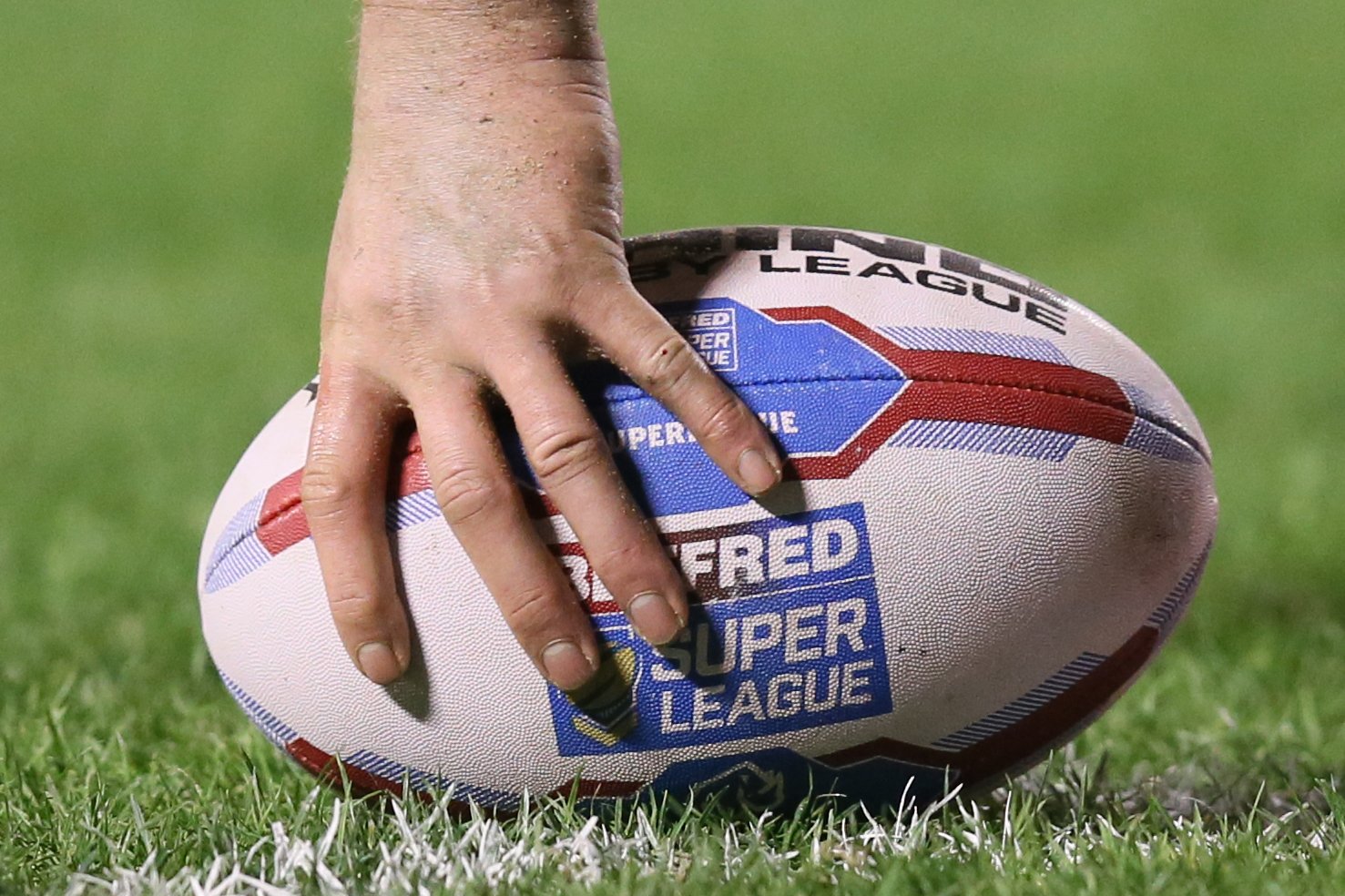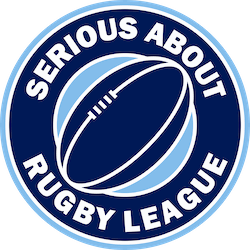
The aim of every team in the lower leagues is joining the likes of Leeds Rhinos, Wigan Warriors, Warrington, Hull FC, Champions St Helens and the rest of the Super League. The route to Super League could be about to dramatically change however.
Not only are IMG set to place a major focus on off field success but there has been talk of re-structuring the leagues.
Though we will not see a 14-team Super League as reported elsewhere, clubs are interested in League One and the Championship combining after the departure of London Skolars.
Serious About Rugby League understand many clubs want this to be enforced, having contacted the game’s governing body, but what this would mean alongside IMG’s grading system remains to be seen.
Based on a combination of on and off-field variables, the proposed grading criteria are designed to collectively increase clubs’ fanbases, diversify revenues, drive investment into clubs and the sport in a sustainable manner, run clubs in a best-in-class way and ensure strong governance is in place.
The recommended grading criteria cover five areas, with each element contributing to a percentage of the overall weighting, including:
Fandom (25%): encouraging clubs to attract more fans in stadia, at home and digitally, and to improve fan engagement, contributing to both club and central revenues.
Performance (25%): incentivising clubs to perform on the field and drive fan awareness and engagement. Teams will be ranked between 1 and 36 based on where they finish in the leagues for the previous three seasons. Bonus points will be awarded to teams who win league and cup competitions in the previous season.
Finances (25%): reflecting the success of fan engagement and business performance and rewarding sustainable investment, as well as diversified revenue streams and sound financial management.
Stadium (15%): based on a number of factors, including facilities and utilisation, which add value to the fan and broadcast or digital viewer experience, and match or exceed competition from other sports and events.
Catchment (10%): based on area population and the number of clubs in the area, with a view to maximising growth of the sport in the largest markets to generate new fan bases and incentivise investment.
Frank Slevin, the Chair of RL Commercial, said: “After the overwhelming support provided by clubs to the Reimagining Rugby League recommendations when they were first presented last September, the clubs have now been provided with full details of the grading process which is an important part of those proposals. An immense amount of work has been done by IMG, as part of their long-term strategic partnership with Rugby League, to produce a blueprint which breaks new ground for British sport.
“It is important the clubs now have time to consider the proposals, and to provide feedback, in a series of meetings that have been arranged between now and the Special General Meeting of clubs next month,” he continued.
“Our goal with the proposed criteria was to establish an objective, easily measurable and reliable framework that will drive long-term, sustainable growth for individual clubs and the sport as a whole,” added Matt Dwyer, Vice President of Sport Management, IMG Media. “We, RL Commercial and the RFL believe improvement in each of these areas is possible for all clubs over time and is vital to transforming and future-proofing Rugby League. Ultimately, we want to be in position down the line where the top tier league is full of Category A clubs and being expanded.”
The future of several clubs in League One is now in doubt, with rumours suggesting Newcastle Thunder could not participate in next season’s competition following relegation from the Championship.
This is a big blow for rugby league in the North East, with Thunder’s aims of winning Super League by 2030 now in tatters as they stare down the barrel of liquidation after turning full-time went drastically wrong.
Whether the RFL or IMG will listen to the club’s request remains to be seen, but the future of the game below Super League looks as much in trouble as it did a decade ago, with this likely to be one of IMG’s biggest challenges when they take on the sport from 2025.




























